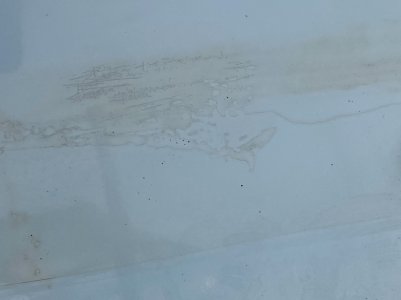MattS
Well-Known Member
I have some gelcoat damage on my cabin tops. I can't work out what might have caused it.
It follows a similar pattern on both sides of the cabin top, with the damage following a rough line along the gelcoat where the vinyl decals used to be attached. It also appears to end with a stained line running across the non-slip deck as if a liquid has run across it. The pattern seems too structured to be just random degradation with age?
Does anyone have any ideas as to what might have caused this sort of damage / staining? And if so, whether there's anything I can do to reduce the staining?
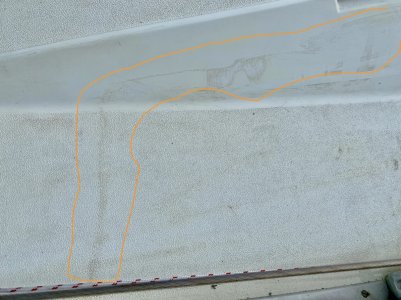
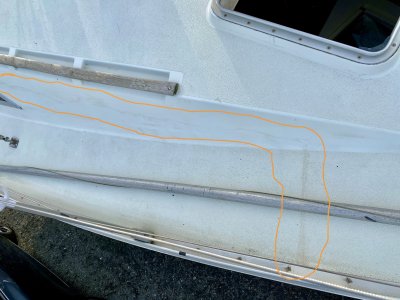
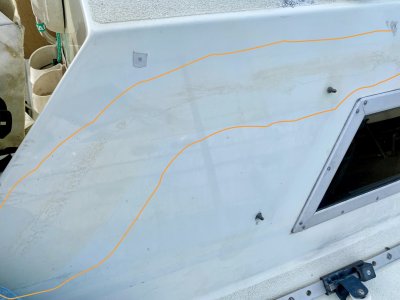
Up close, it's a mixture of small 'crazing' in the gelcoat, orange/brown staining, and what seem to be pitting in the gelcoat.
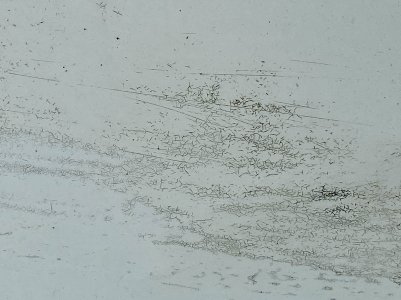
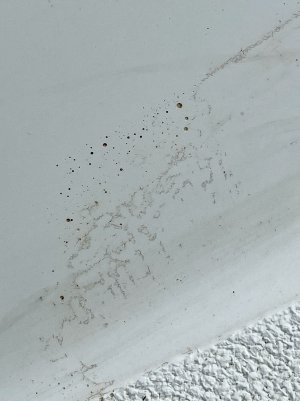
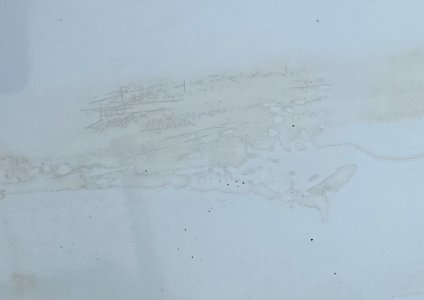
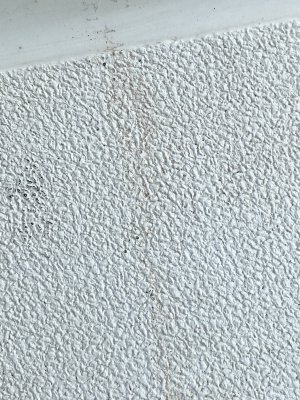
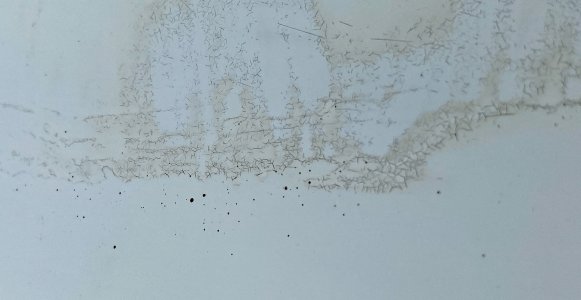
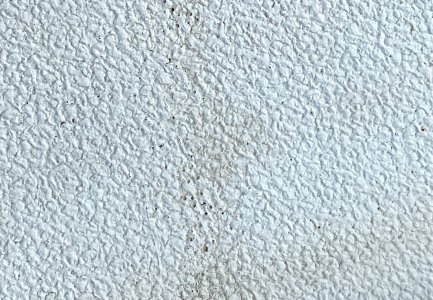
It follows a similar pattern on both sides of the cabin top, with the damage following a rough line along the gelcoat where the vinyl decals used to be attached. It also appears to end with a stained line running across the non-slip deck as if a liquid has run across it. The pattern seems too structured to be just random degradation with age?
Does anyone have any ideas as to what might have caused this sort of damage / staining? And if so, whether there's anything I can do to reduce the staining?



Up close, it's a mixture of small 'crazing' in the gelcoat, orange/brown staining, and what seem to be pitting in the gelcoat.







